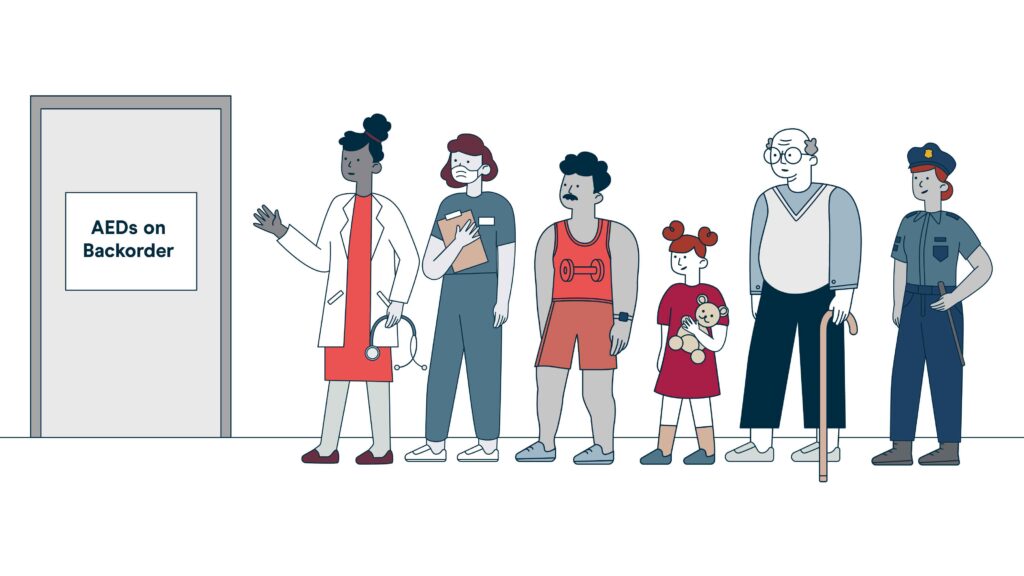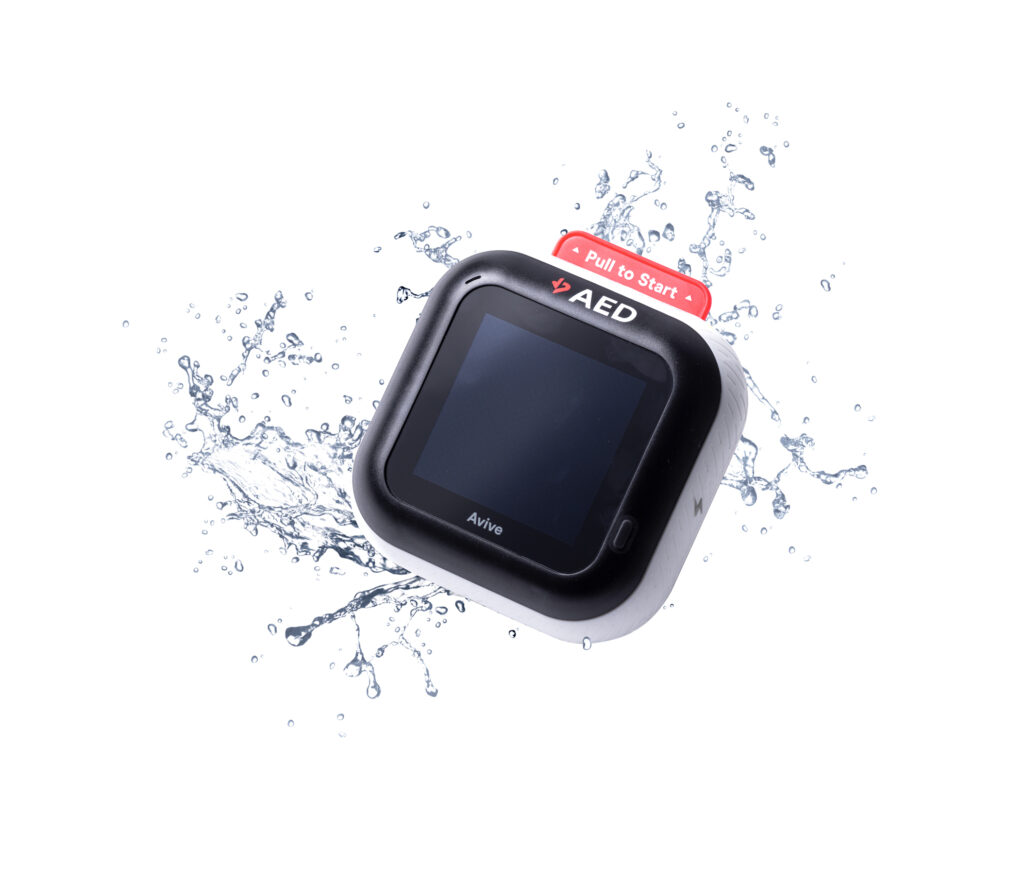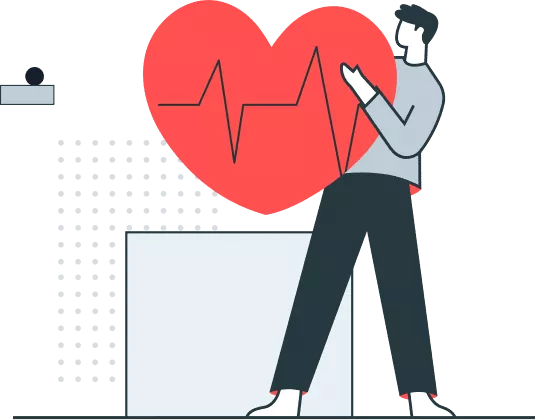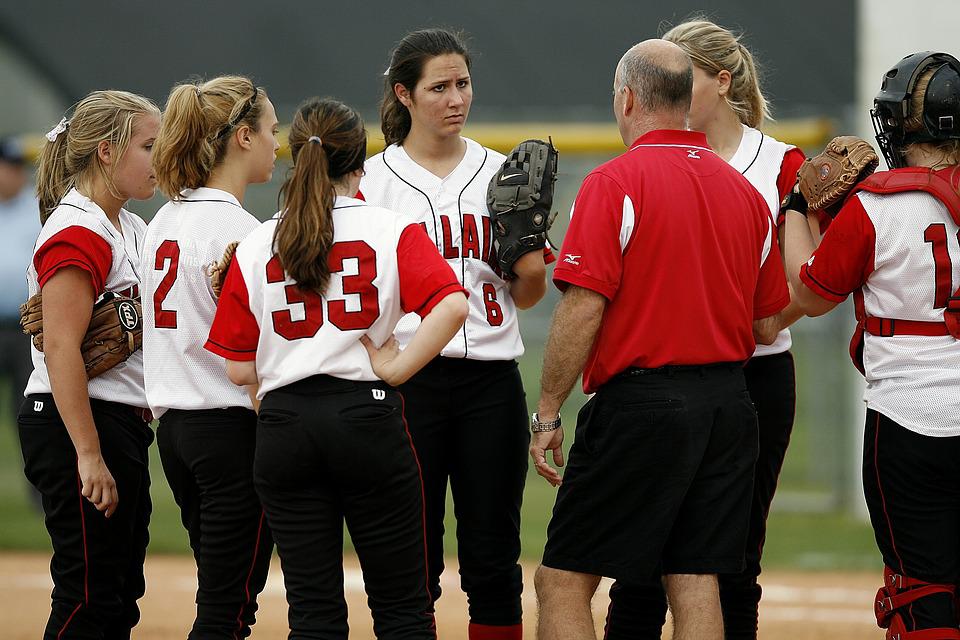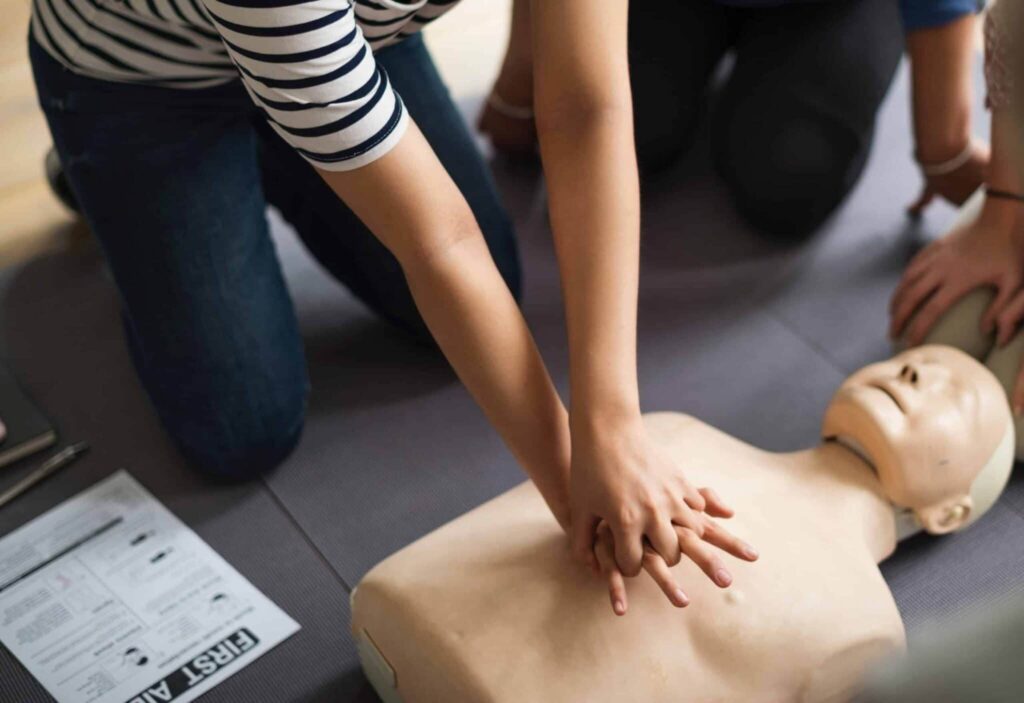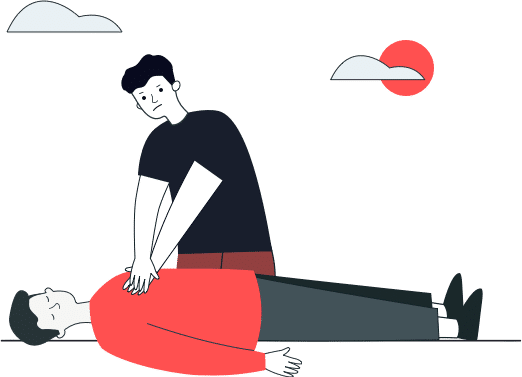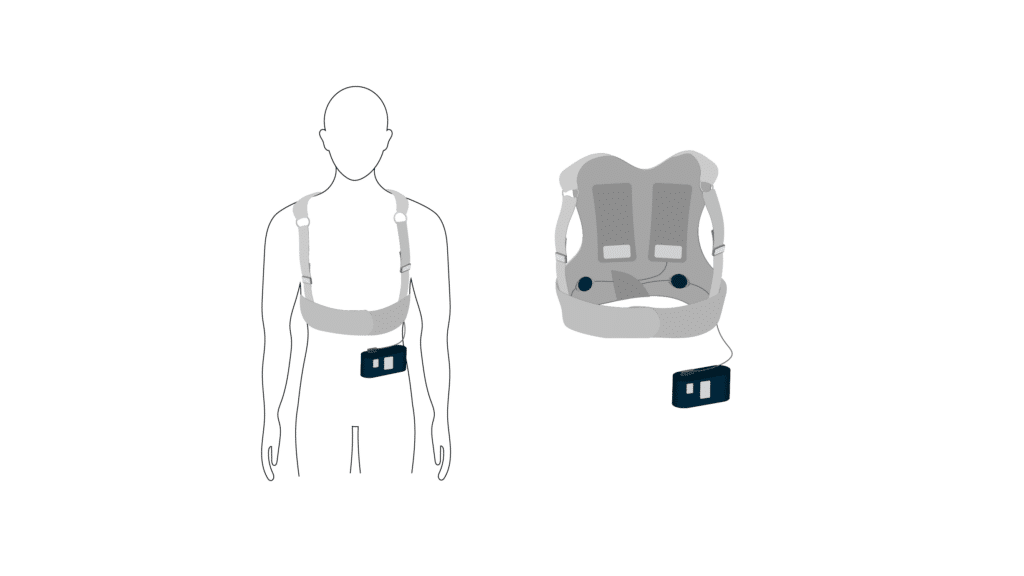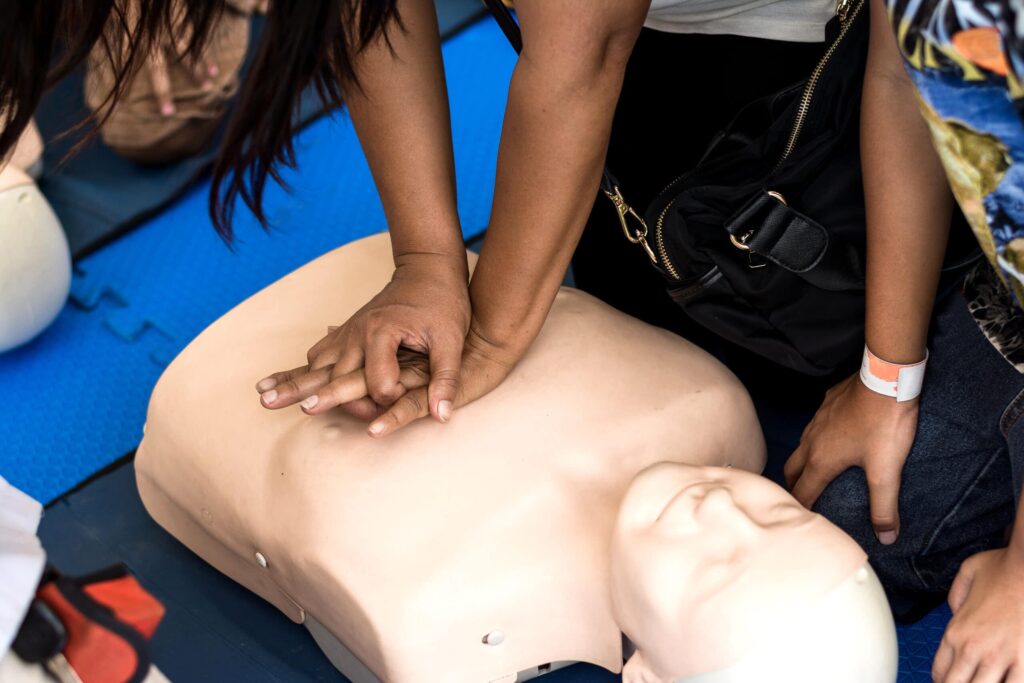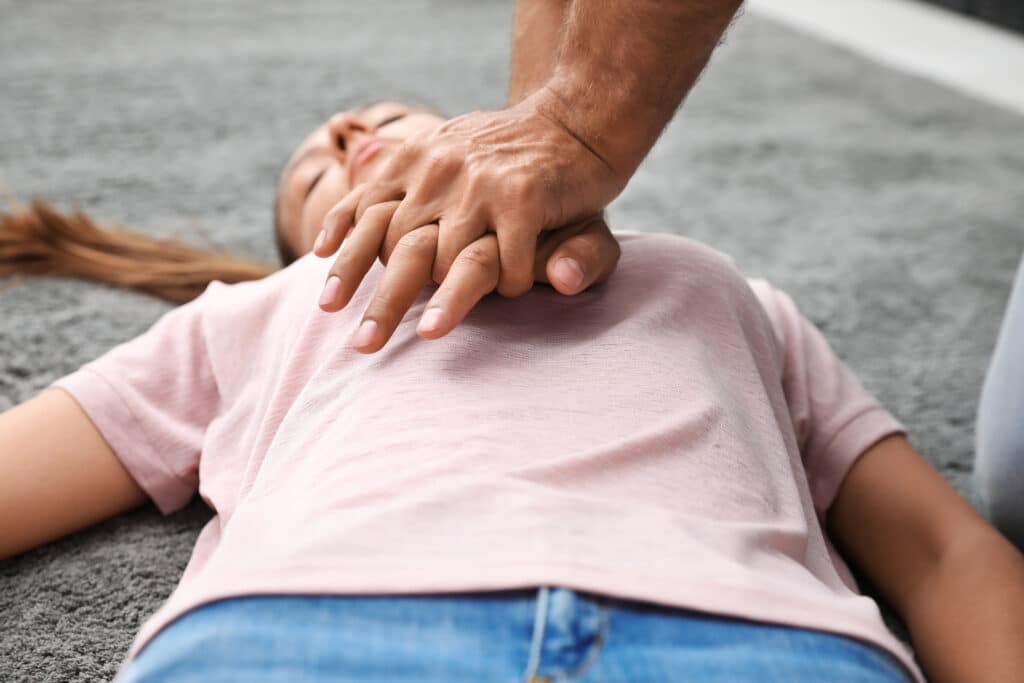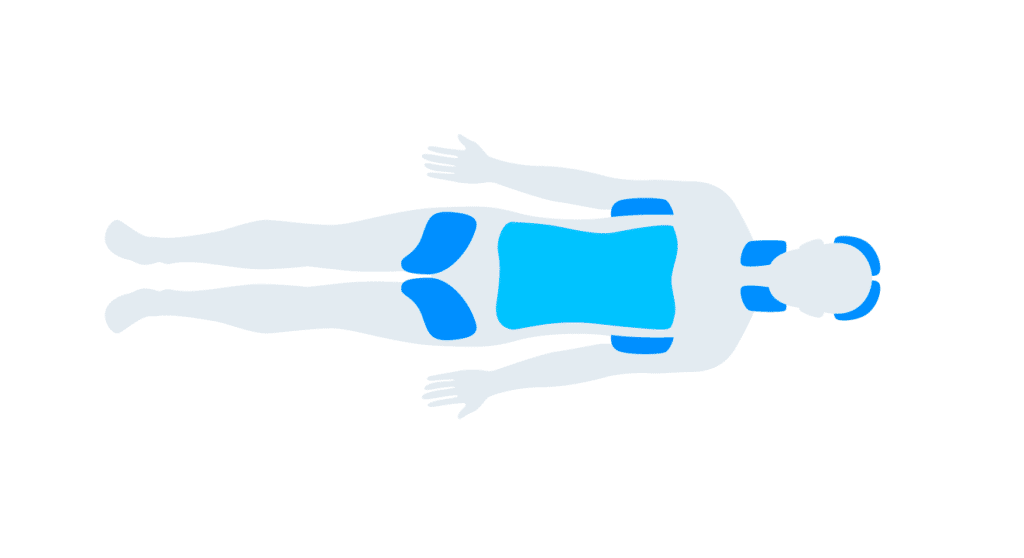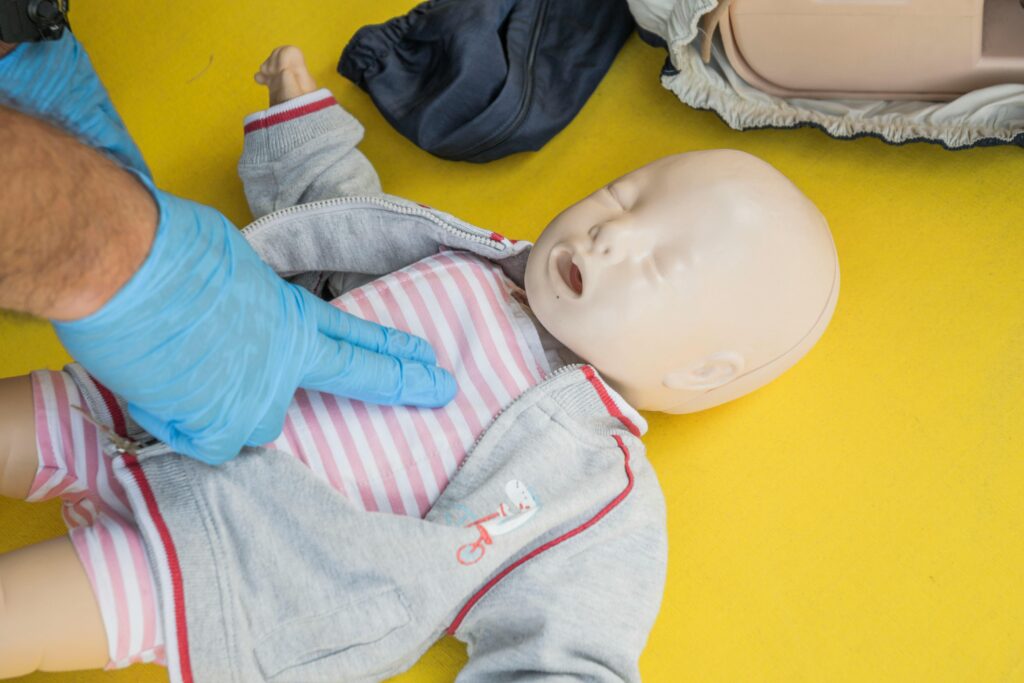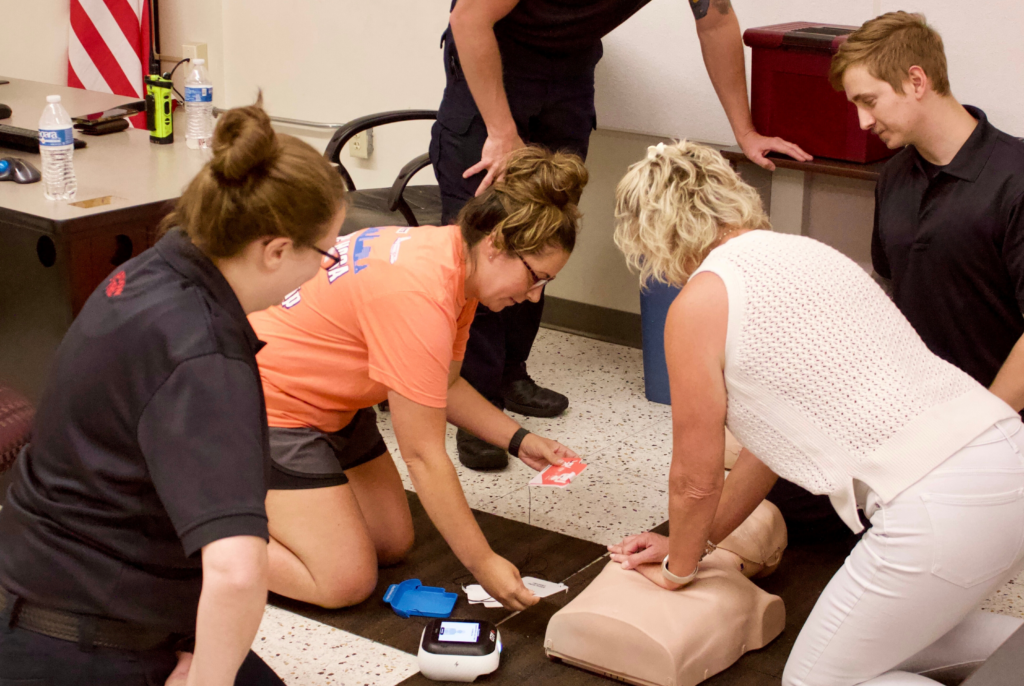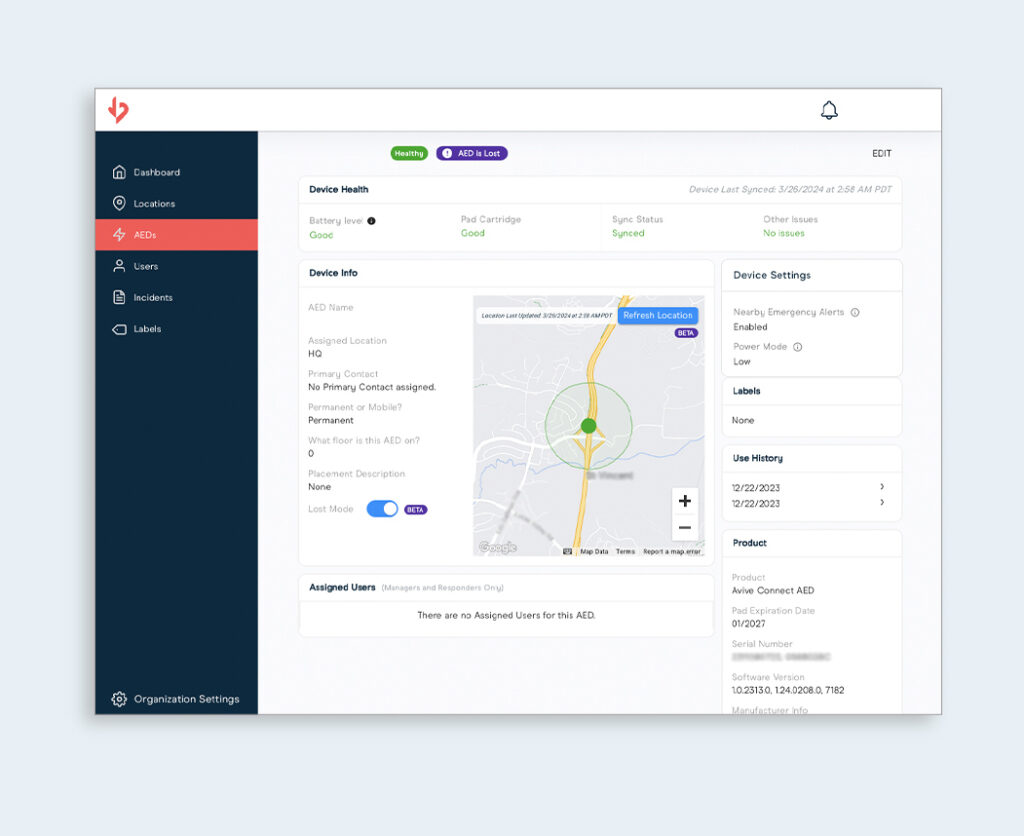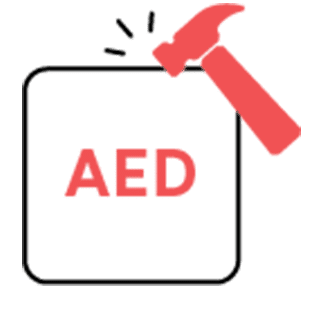Blog: Responder
FDA Announces AED Shortage – What This Means For AED Supply
During the COVID-19 pandemic, supply chain disruptions impacted the production of goods across industries, and medical technology…
Types of Defibrillator – Overview & Uses
Defibrillators are critical tools for doctors and surgeons, often crucial in helping to restart a patient’s heart….
How the Good Samaritan Law Encourages Citizens to Perform CPR & Save Lives
Imagine sitting in a restaurant and enjoying a tasty meal when a man at the next table…
ACLS vs. BLS – What’s the Difference?
Advanced Cardiac Life Support (ACLS) and Basic Life Support (BLS) are techniques used to help save lives…
New Maryland Law Aims to Improve AED Access
On April 21, 2022, the Maryland legislature signed into law House Bill 836 (“HB 836”), also called…
ICD vs. Pacemaker: What’s the Difference?
Implantable cardioverter defibrillators (ICD) and pacemakers are both medical devices that treat irregular heart rhythms, known as…
What CPR Stands For & How To Perform It
What is CPR? The American Heart Association has identified CPR as an essential link in the chain of…
High-Quality CPR: Overview & Components To Measure It
What is High-Quality CPR? High-quality CPR is cardiopulmonary resuscitation that meets performance metrics set by international resuscitation…
Explained: The Power of a Wearable Cardioverter Defibrillator
Defibrillation is the only therapy to treat someone in cardiac arrest. Every minute that a person in…
Socioeconomic Factors Impact Bystander CPR & AED Use
Why Poorer Communities Struggle with Bystander CPR and AED Use A recent study published in the American Heart Association’s…
Hands-Only CPR: What It Is & How To Perform It
Imagine being out enjoying a day at the mall when you suddenly hear someone scream. You turn…
Targeted Temperature Management (TTM) After Cardiac Arrest: An Overview
Targeted Temperature Management (TTM) is a technique that is sometimes used after cardiac arrest to lower a patient’s…
The Importance of Knowing Infant CPR and AED Use in Emergencies
Having an understanding of infant CPR and AED (Automated External Defibrillator) use is essential in emergencies. Being…
Medical Drones in Healthcare
The potential of drones in healthcare delivery presents a lot of exciting opportunities; holding the potential to…
The First and Only AED that Alerts 911 – Avive’s QuickRescue™
At Avive Solutions, we’re dedicated to increasing survival rates for out-of-hospital cardiac arrest with our Avive Connect…
The Difference Between Respiratory Arrest and Cardiac Arrest
Discover the difference between respiratory arrest and cardiac arrest by comparing their causes, warning signs, effects, and how to respond.
How Often Should You Renew Your CPR Certification?
Cardiopulmonary resuscitation (CPR) is a lifesaving technique that is performed when someone’s breathing or heartbeat has stopped….
Inside Avive: One of the 2024 Bay Area Best Places to Work
Few decisions in our lives are more important than where we choose to work. This is because…
Trailblazing Safety: Avive x Headlands 27k
Headlands 27k The Golden Trail World Series is coming to the United States for the first time…
Life & Community: 12th Annual Marin County Survivors’ Celebration
At Avive, we believe in the power of community, the strength of collaboration, and the lifesaving potential…
Enable Lost Mode & 4 More Benefits of AED Connectivity
In a world increasingly intertwined with technology, there are few areas where connectivity has not yet made…
In Pursuit of AED Incident Data: Nick Bogle’s Story
Nick Bogle’s Story I first have to say that my story has nothing to do with anything…
What Are the Common Causes of Cardiac Arrest in Infants and Children?
Discover the causes of cardiac arrest in children and infants and how to prevent this life-threatening condition with our detailed article.
AED IP Rating Explained: What Does IP Code Tell About AEDs
Deciphering AED features and deciding what device to purchase can be overwhelming. What are the most affordable…

